- Category
- War in Ukraine
Ukraine Delivers First Ever Obliterating Strike on Russian Iskander Launcher Used in Deadly Civilian Attacks
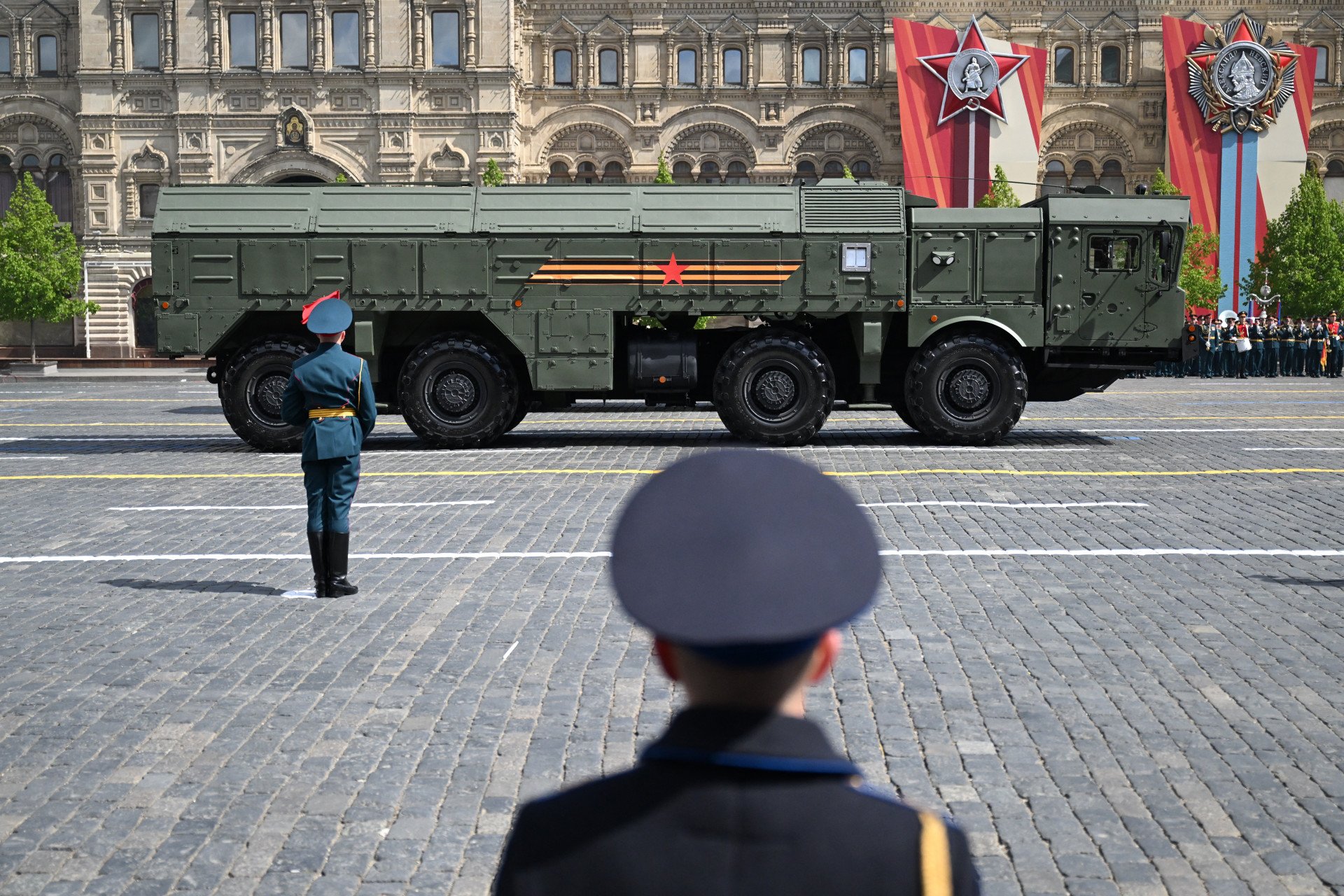
For the first time since Russia’s invasion began, Ukraine has taken out not just an Iskander missile, but the ground-based launcher used to fire it. In a strike near the Russian border, Ukrainian forces destroyed the system just as it was being readied to launch, likely aimed at Kyiv or Chernihiv.
Ukrainian air defenses have intercepted numerous Russian ballistic missiles. But on June 5, Ukraine’s General Staff announced that near the town of Klintsy in Russia’s Bryansk region, a unit of Russia’s 26th Missile Brigade was struck. During the attack, an Iskander mobile short-range ballistic missile system was destroyed, and two more were likely damaged.
The exact cost of a single launcher is not publicly known, but open sources estimate it in the millions of dollars. An ammunition stockpile was also destroyed—each missile is estimated to cost around $3 million. With multiple secondary detonations observed, it’s likely that the strike destroyed a significant portion of the missile cache, pushing total Russian losses into the tens of millions of dollars.
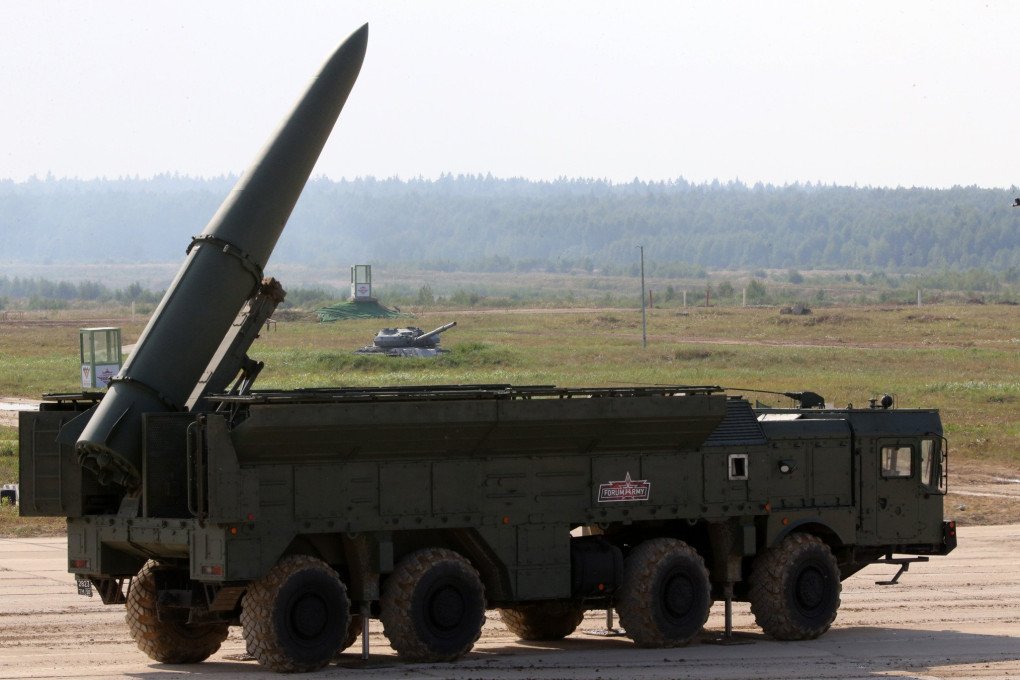
Yet the more significant milestone is this: for the first time, Ukraine has visually confirmed the destruction of a Russian ground-based Iskander ballistic missile launcher.
Why is such an operation so difficult?
Iskander ballistic missiles have a range of approximately 500 kilometers, with some estimates suggesting up to 700 km. Since the start of Russia’s full-scale invasion, these systems have been used to target Ukrainian cities. For example, the same 26th Missile Brigade is believed to have carried out the 2023 strike on the drama theater in Chernihiv.
The Iskander is a mobile ground-based launch system, making it extremely difficult to target. These launchers are typically stationed far from the front line, hidden in shelters and out of view from reconnaissance drones.
When it’s time to strike, the systems move into position, quickly fire their missiles, and retreat just as rapidly. Launches can be carried out from deep within Russian territory—Klintsy, for instance, lies about 50 km from the Ukrainian border.
Ukraine does possess the capability to hit targets at that distance, using its own drones and missiles, as well as HIMARS systems. The real challenge is to catch the launcher while it’s stationary and exposed. Given the thousands of kilometers that make up the front line, that is an extraordinary feat—one that Ukraine has now achieved for the first time.
The success was made possible by outstanding intelligence work: locating the launcher, relaying the information to strike units, coordinating the attack, and executing it effectively, Ukraine’s General Staff said. The specific weapon used in the strike has not been disclosed.
What is the Iskander missile system?
The Iskander is a Russian short-range ballistic missile system that fires Iskander-M missiles. These missiles can travel 500–700 km, carry warheads of approximately 500 kg, and reach speeds of around 9,000 km/h.
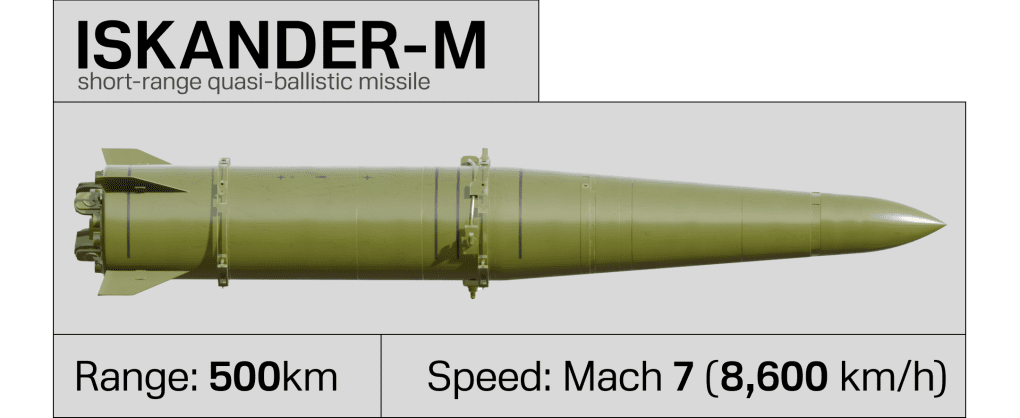
Originally developed in 1988 during the Soviet era, the system did not enter service until the early 2000s, after it passed all testing phases and entered mass production.
The Iskander was designed to target enemy weapons systems, including missile batteries, air defense units, airfields, military equipment, command centers, and communication nodes. In Russia’s war against Ukraine, however, the missile system has been used almost exclusively to strike cities and destroy critical civilian infrastructure.

-29a1a43aba23f9bb779a1ac8b98d2121.jpeg)
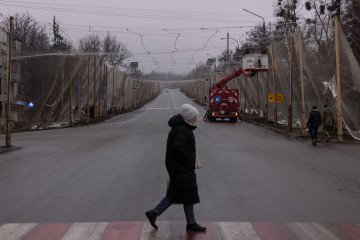
-f88628fa403b11af0b72ec7b062ce954.jpeg)
-b63fc610dd4af1b737643522d6baf184.jpg)

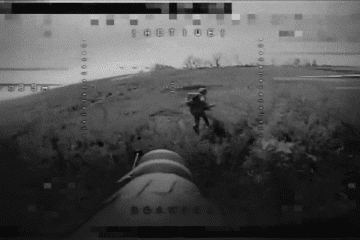
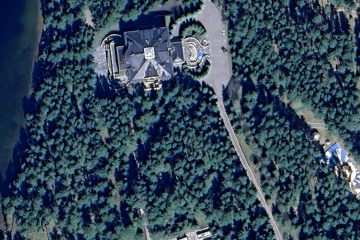
-24deccd511006ba79cfc4d798c6c2ef5.jpeg)